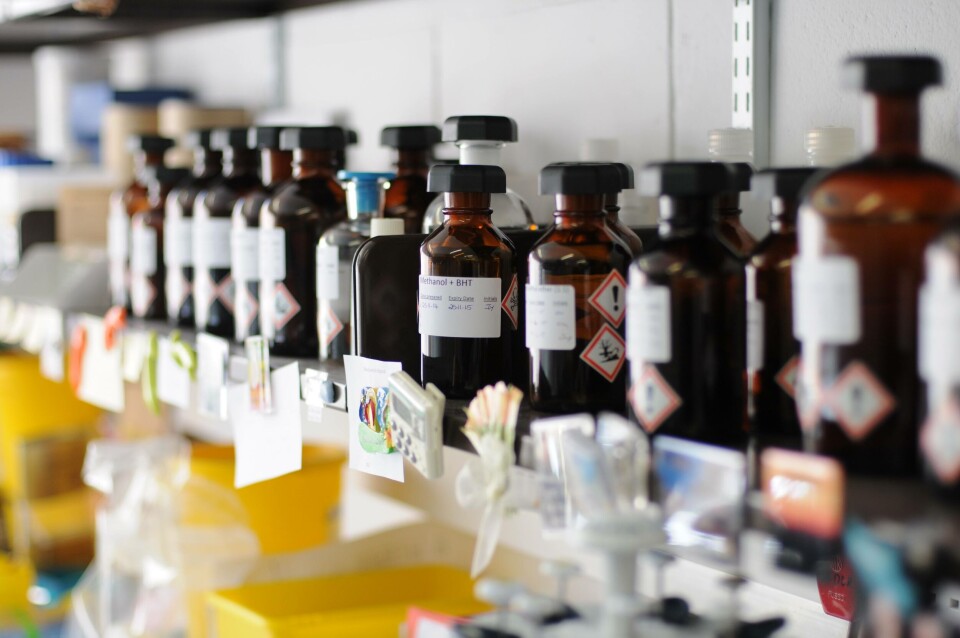
Setting sights on excellence
Scotland’s aquaculture industry could benefit from following the examples of Norway, Chile and Canada – all of which have a number of institutions that help meet technical challenges in terms of R&D activity and infrastructure.
So concludes a recent report , ‘Exploring the concept of a centre of innovation excellence for Scottish aquaculture’, published after a scoping study commissioned by the Scottish Aquaculture Innovation Centre (SAIC), which was conducted by industry stalwart Alan Sutherland.
According to the report, which met with very positive feedback from most of the 100-odd industry figures who responded, the Scottish industry is lacking the back-up offered in other key salmon producing countries.
The report states: “Norway, the number one producer of Atlantic salmon and second largest seafood exporter, has a wealth of internationally renowned organisations providing dedicated support – amongst them, the Norwegian Institute of Food, Fisheries and Aquaculture (NOFIMA); the Centre for Research-based Innovation in Aquaculture Technology (CREATE); and aquatic research facility, VESO Vikan.
“Chile, the world’s second biggest salmon exporter after Norway, is home to a number of R&D institutions including AVS Chile, the Instituto de Fomento Pesquero and Intesal, while in British Columbia the BC Centre for Aquatic Health Sciences is currently developing the concept of a BC salmon centre of excellence.”
An appetite for R&D
As a result, the report argues that, in Scotland, “current R&D capacity is limited compared to the ambition of industry and ingenuity of academia”.
One result of this, according to the report, is that “many of the multi-nationals operating in Scotland undertake their R&D elsewhere”.
This, the report argues, not only “reduces the supply chain benefits and the innovative capacity of Scotland” but also poses a risk for the industry as “there is a clear case to be made for ensuring that the Scottish aquaculture industry has the capability and critical facilities necessary to test new approaches in the environments for which they are intended.”
The appetite to enhance R&D capacity in Scotland is made clear, the report reflects, by the fact that while “all three leading feed firms with a presence in Scotland [Skretting, Biomar and Cargill] have R&D facilities elsewhere…each has expressed an explicit desire for R&D infrastructure in Scotland that would enable trials of feed-related products, in order to support new product development for the local market.”
Next steps
In order to counter this, the report has highlighted a potential route towards establishing a centre of excellence. Its proposed priority actions are to:
- Establish a steering group of supportive parties to explore how best to take the centre of excellence concept to the next stage, as a precursor to any further commitment.
- Conduct a gap analysis to identify and map existing research facilities in Scotland that could potentially support centre of excellence activities.
- Review existing UK/Norwegian centre of excellence models, as well as Scottish industry leadership groups, seeking any lessons that can be learned.
- Prepare a database to identify companies and individuals who stated a willingness to collaborate in developing the new infrastructure required to support a centre of excellence.
- Draw up a list of commercial projects for the centre of excellence.
- Create a list of companies requiring resources for innovation activities, then cross-reference with those offering the relevant resources to enable SAIC to investigate opportunities for collaboration.
- Identify candidate sites/facilities suitable for acquisition or lease.
- Write a business plan for the centre of excellence and explore possible funding opportunities.























































